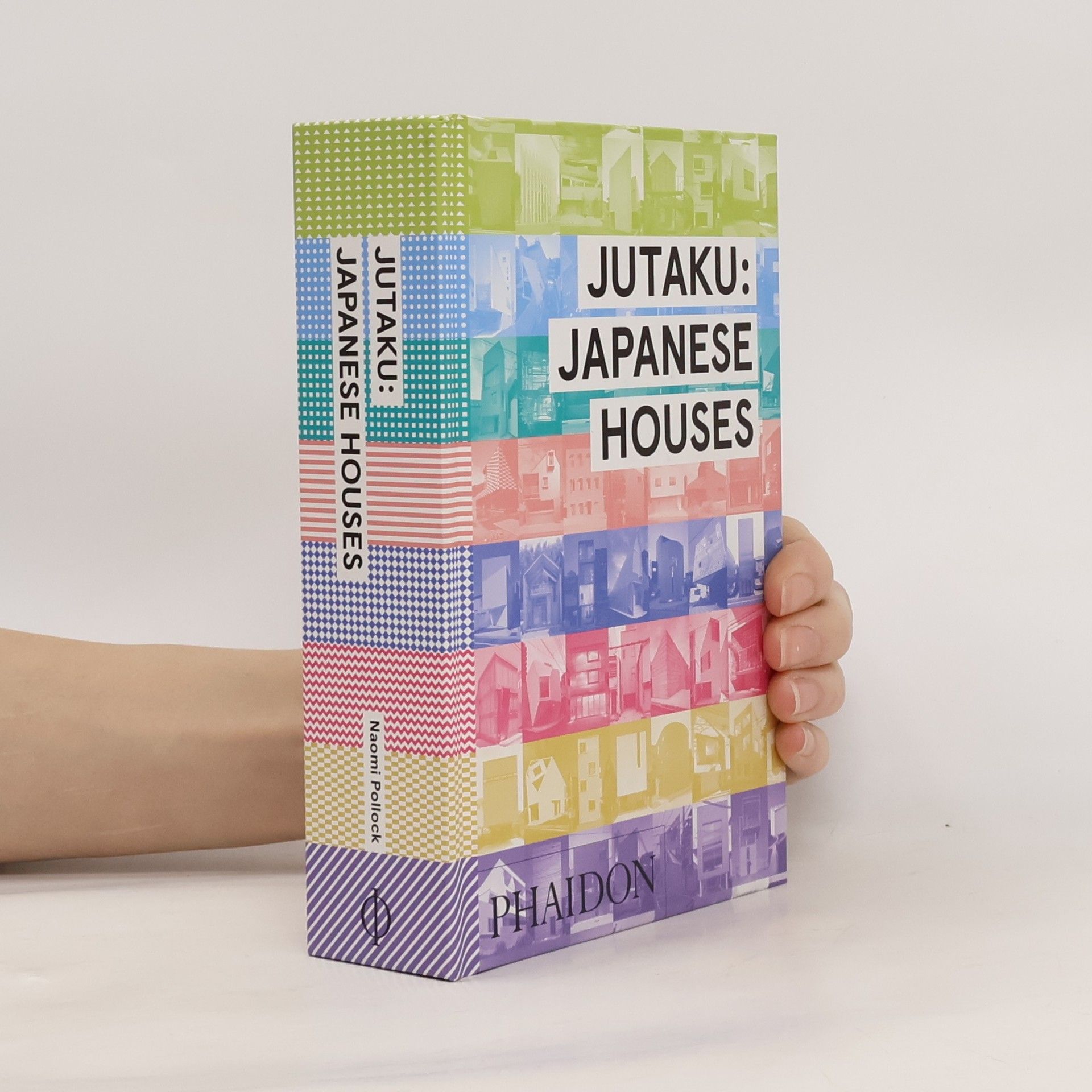Modern Japanese house
- 228 stránek
- 8 hodin čtení
Modeled on the format of Modern House , Modern House 2, and Modern House 3 , Modern Japanese House is an overview of recent domestic design trends in Japan and features an array of projects from a variety of architects, both known and new to the international architecture scene. The projects are divided into five chapters - Tiny Houses, Inside/ Outside, Multi Generation Houses, Work/Play, and Vacation Houses - that reflect the issues particular to residential design in Japan. Architects featured include such familiar figures as Kazuyo Sejima, Jun Aoki, Shigeru Ban, Hitoshi Abe and Shuhei Endo, as well as lesser known practitioners such as Nobuaki Furuya, Hiroshii Nakao, among others.


